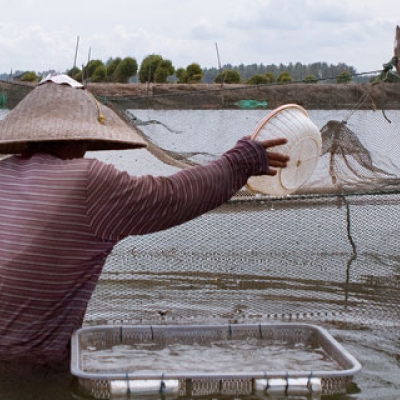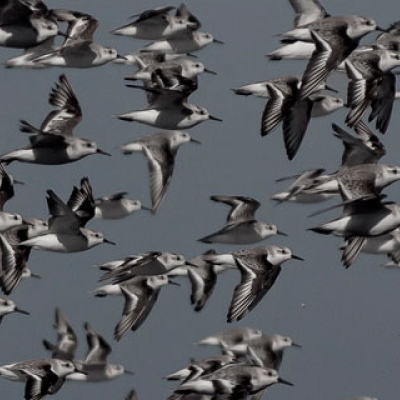
Bird Survey Suggests If You Plant It, They Will Come
By Robert J. Cabin / On April 15th, 2011
The results of last month's annual Hakalau Forest National Wildlife Refuge Bird Survey indicate that birds may colonize reforested areas much faster than experts had predicted. This year's surveyors spotted all five of the common native forest birds and four endangered forest birds within sections of the refuge that two short decades ago had been treeless areas dominated by non-native plants and animals. "I never thought I'd live to see this," said Jack Jeffrey, who coordinated this bird survey and was the refuge biologist from 1990-2008.



